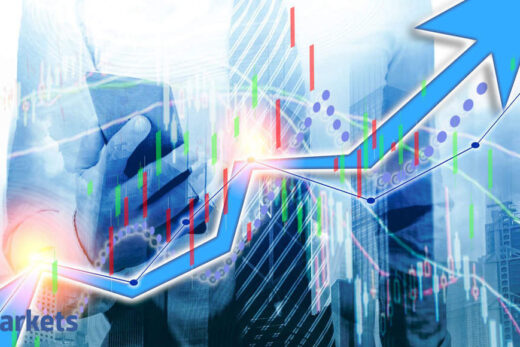While investing in stocks is great, you may be too busy to do so yourself. Even I am too lazy to pick out stocks just like I’m too lazy to pick out my clothes. That task is either outsourced to my sister- our in-house fashion designer – who will painstakingly analyse the latest fashion trends, visit every mall and ultimately pick out 2 or 3 choicest dresses or to my best friend who will simply add 10 decent looking dresses apt for a variety of occasions to my online shopping cart.
Don’t you wish this was possible in the world of investing too? Well, it is! Instead of buying individual stocks, you can outsource your stock selection to the expert fund managers (read mutual funds) or simply add an entire index in the form of an Exchange Traded Fund (ETF) to your demat account.
The index construction methodology includes/excludes stocks in the underlying index based on certain pre-defined criteria. The mutual fund house offering the index-based ETF provides liquidity for the ETF units on the exchange and you can buy as less as one ETF unit on the click of a button! There’s convenience, transparency and cost-effectiveness – all in one single package.
Shikhar Dhawan’s description of ETFs as the “Dream Team” couldn’t have been more apt. Passively-traded ETFs are an investment vehicle that have all the features of an equity stock and an index fund combined. ETF units can be traded like stocks at any time during market hours at real time prices. This is different from index funds that are only available at end of day NAVs like other mutual fund schemes. Another advantage is pricing. Would you rather spend all your money buying one share like Shree Cement (currently a part of Nifty50) that is trading at Rs 30,000 as I write, or a few Nifty ETF units that provide exposure to all the 50 stocks in the Nifty50 index? ETFs are priced at an NAV which moves almost in line with the underlying index value, subject to liquidity, trading costs, etc. This NAV can be as low as Rs 10 a unit.
Besides these advantages, plain vanilla ETFs today have very low fees (around 7 to 10 bps) which can help reduce the overall cost of your portfolio significantly. This TER may increase due to added layers of complexities in index construction that come with factor-based ETFs or thematic ETFs – but their cost will still remain significantly lower than actively managed funds.
Another factor that must be considered is the liquidity of the stocks or bonds constituting the underlying index. This liquidity determines the gap between bid and ask prices on the exchange, which ideally should be as narrow as possible for a low tracking difference.
According to the latest edition of the
ETF Investor Study by Charles Schwab, millennials continue to outpace GenX and Baby Boomers in ETF adoption with 29% of millennial ETF investors planning to significantly increase investments in ETFs over the next year. ETF assets in the US have already ballooned to $5.45 trillion. In India, ETFs rose to popularity when they became the chosen route for government disinvestment in PSUs. As more and more young investors are looking to include ETFs as a part of their investment portfolio, it will not be surprising if the ETF market in India witnesses exponential growth over the next few years.
(The author is Assistant Manager- ETF and Passive Investment, DSP Investment Managers. Views are her own)



